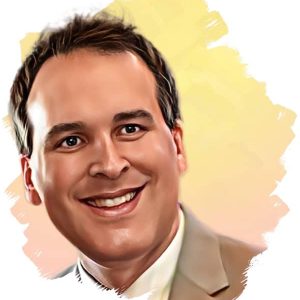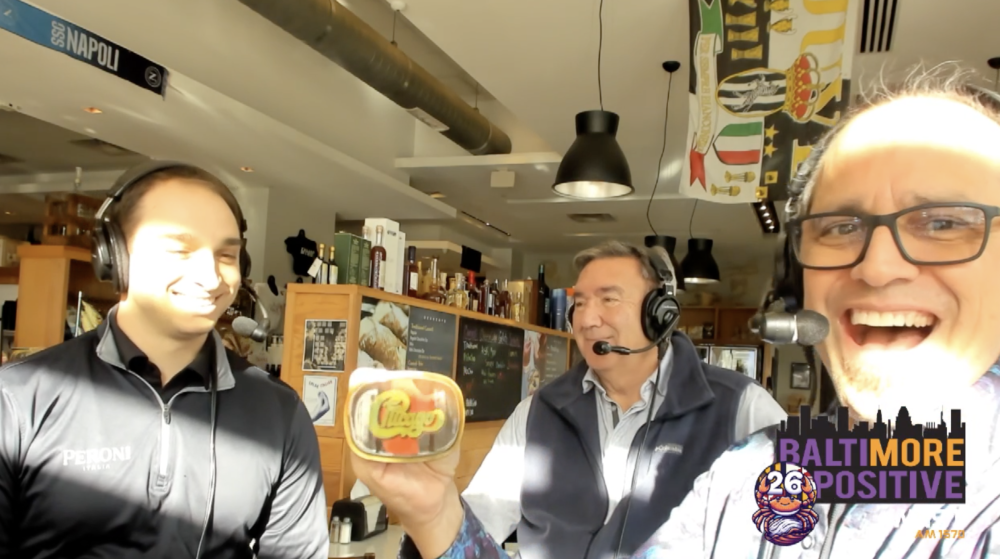This isn’t about the three names who’ve been discussed over and over and over in assessing the Orioles’ offseason and disappointing start to the 2015 campaign.
Frankly, it’s not my place to say the organization should have invested more than $34 million in those three players for the 2015 season, which doesn’t include the $102.75 million that departing trio will command from their new clubs in future years. At the same time, I won’t applaud the Orioles for showing the restraint to allow them to walk away, either, when it was clear what value they provided to the 2014 club.
What we do know is it would have been naive to expect the franchise to increase its payroll by tens of millions of dollars, meaning executive vice president of baseball operations Dan Duquette had difficult decisions to make. In fact, lost in the handwringing over a disappointing offseason is that the payroll is actually higher than it was a year ago.
And that’s where we come to the real problem plaguing manager Buck Showalter’s club as it continues to hover below the .500 mark in early June. For all of the discussion about who the Orioles didn’t keep, not enough attention has been paid to the ones they did choose to retain who haven’t provided a return in 2015.
Because of the timing, we often forget the big-name free agent that the Orioles did retain when they re-signed J.J. Hardy to a three-year, $40 million contract on the eve of the American League Championship Series last October. Injuries have limited the Gold Glove shortstop to just 23 games as he’s batted only .190 when he has been in the lineup.
Time will tell whether the Orioles made the right decision in extending the 32-year-old shortstop, but there’s no way to sugarcoat the biggest indictment of the offseason:
It’s the overwhelming portion of the $57.51 million paid to arbitration-eligible players this winter that looks like a sunk investment in early June. The Orioles invested just under $38 million in Chris Tillman ($4.32 million), Bud Norris ($8.8 million), Tommy Hunter ($4.65 million), Brian Matusz ($3.2 million), Steve Pearce ($3.7 million), Alejandro De Aza ($5 million), and the injured Matt Wieters ($8.3 million), and what exactly have they gotten in return?
Of course, that’s not to say the Orioles shouldn’t have tendered any of the aforementioned players as no one would have predicted Tillman or Norris struggling as dramatically as they have thus far and Pearce still looked like a huge bargain after leading the 2014 Orioles in on-base plus slugging percentage. There was cautious optimism that Wieters might be ready by Opening Day, but the club knew it was possible that he’d need a couple more months to rehab as has turned out to be the case.
But what about the others?
Designated for assignment last week, De Aza’s name was mentioned by many as a candidate to be non-tendered over the winter, but the Orioles were fooled into thinking what they saw last September and in the postseason was what they would get this year. His struggles over the last few years with the Chicago White Sox spelled out why he was available last August, but the organization forked over $5 million for him anyway.
It’s understandable that the Orioles didn’t want to invest a long-term contract in a relief pitcher, but was it wise to pay a total of $7.85 million to two middling relievers like Hunter and Matusz? Was it a good use of resources to tender Matusz and sign left-hander Wesley Wright for an additional $1.7 million?
Non-tendering De Aza and Matusz and passing on the Everth Cabrera signing — which has been another $2.4 million investment providing no return — would have created an additional $10.6 million to spend on other players if they’d kept the same payroll. Think of the possibilities of what could have been done with that money with just a hint of creativity.
The Orioles showed little interest this winter in outfielder Nori Aoki, who is essentially a present-day Nick Markakis clone and signed a one-year, $4 million contract with San Francisco that includes a $5.5 million option for 2016. He alone wouldn’t fix the current offense, but he’d sure look good hitting in the leadoff spot for Baltimore right now and hadn’t shown the same inconsistency of De Aza in Chicago the last couple years. A signing like that still would have left Duquette more money with which to work.
That’s only one simple example, of course.
As much as critics have labeled it a “cheap” offseason for the Orioles, it was an unimaginative one more than anything else. Even if the departures of Nelson Cruz, Markakis, and Miller were unavoidable from a financial standpoint, the Orioles still had plenty of resources to tinker and try to improve the club while continuing to remind everyone that Wieters, Manny Machado, and Chris Davis would be rejoining what remained of a playoff roster.
Instead, the Orioles lost significant pieces and paid too much of the money they did have to role players to fill in the cracks. To borrow a line from “Jurassic Park” uttered by Dr. Ian Malcolm, the Orioles were “so preoccupied with whether or not they could that they didn’t stop to think if they should” pay all of their arbitration-eligible players.
Fans can only wonder how much the flirtation between Duquette and the Toronto Blue Jays might have contributed to an inactive offseason in which the most significant additions were Travis Snider, Wright, and Cabrera.
Meanwhile, the Orioles continue to wait and hope for the players in which they did invest this winter to finally provide a positive return.


























